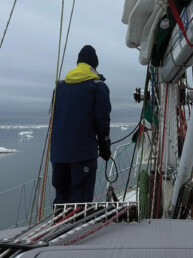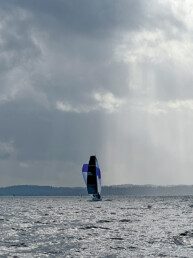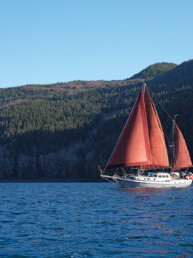Our Trivia Column for May is All About Unusual Sea Life
Cannibals
Some sharks feed exclusively on smaller sharks, including members of their own species.
Lobsters, crabs, octopus, skipjack tuna, and many other marine species are cannibalistic.
Some fish, such as anchovies, eat the eggs of their own species.
Female octopuses sometimes cannibalize their mates.

Bigger
Basking sharks, the world’s second largest fish after the whale shark, and growing 30 or 40 feet, have been known to breach out of water.
King penguins, the second largest penguin species after the emperor, form breeding colonies that number tens of thousands.
The intestine of a manatee can be more than 150 feet long.
A single male elephant seal may have a harem of as many as 1,000 females.
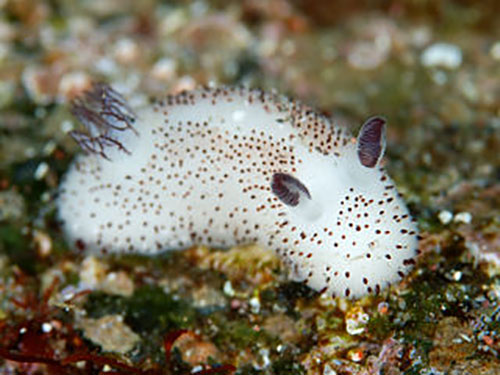
Small or Spooky
A sea bunny is a type of sea slug.
A newly hatched octopus is no bigger than a grain of rice.
Some triggerfish grow to two feet long and are sometimes dangerous to divers when defending their nests. They can remove flesh with bites.
Jellyfish invasions have forced the closure of nuclear power plants.
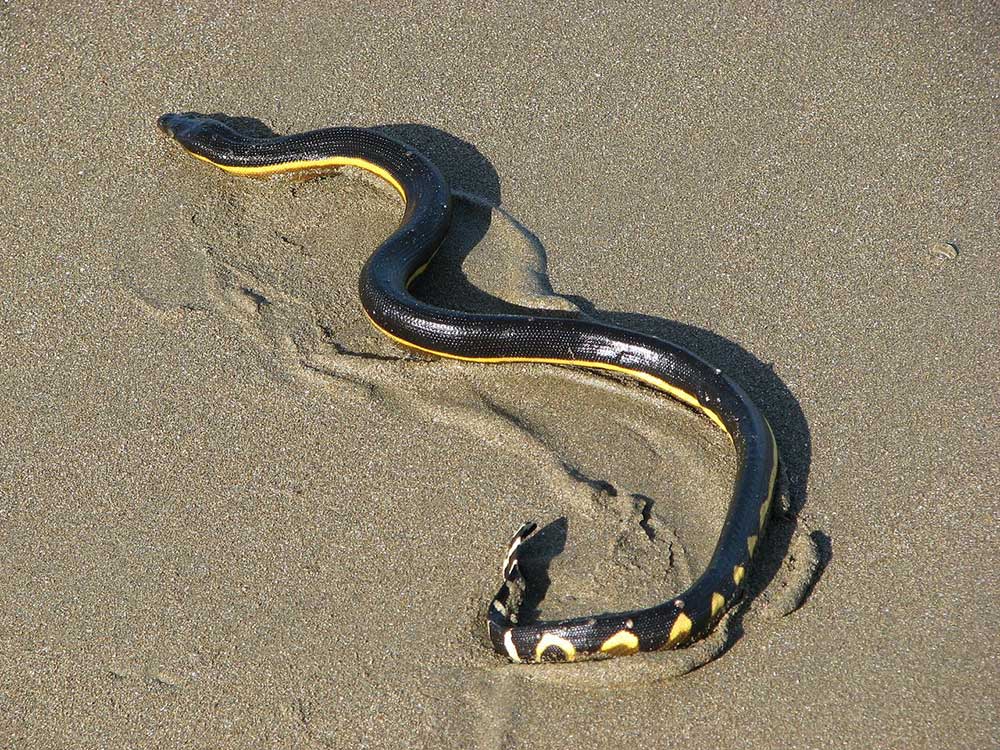
Sea Snakes
The yellow-bellied sea snake is the only kind of sea snake that lives on both sides of the Pacific Ocean.
Some species of sea snakes give birth at sea; others come ashore to lay eggs. All eat from the sea: fish, eels, shrimp mostly.
Sea snakes are preyed upon by sharks and sea eagles.
There are no sea snakes in the Atlantic Ocean.
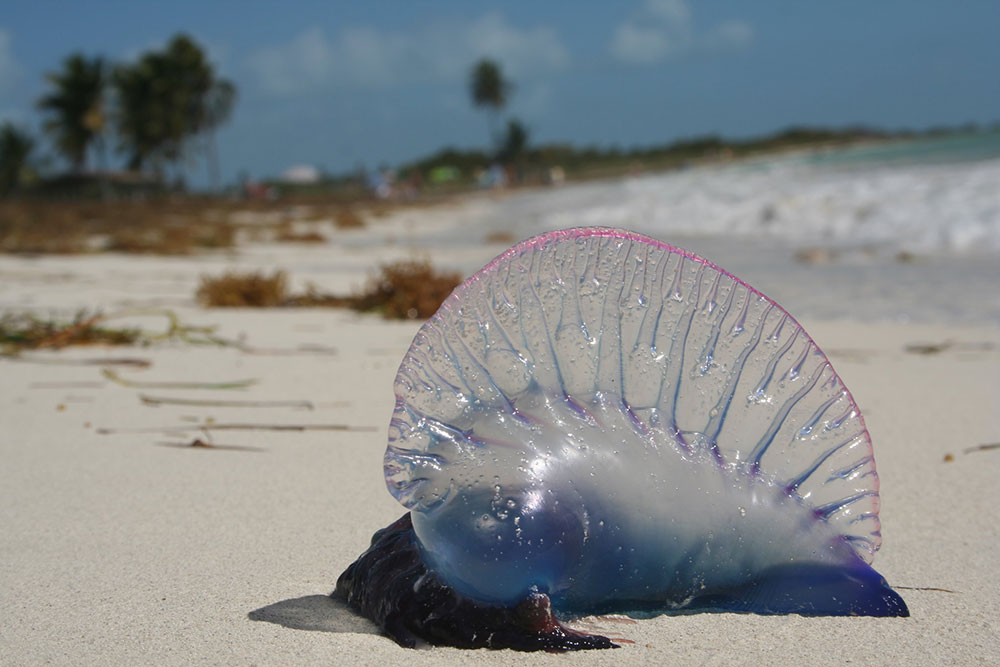
Special Talents
Eels can tie their bodies into a knot and pull their head back through the knot by using the sides of it to brace against struggling prey.
The Portuguese man-of-war uses its surface float to travel by wind propulsion.
Discovered only in 1998, mimic octopus can mimic many other fishes including flounder, lionfish, shrimp and even venomous sea snakes.
Sponges and some corals can regenerate if broken into pieces.
Sea sponges can remove as much as 95 percent of the bacteria from the water that circulates through it.
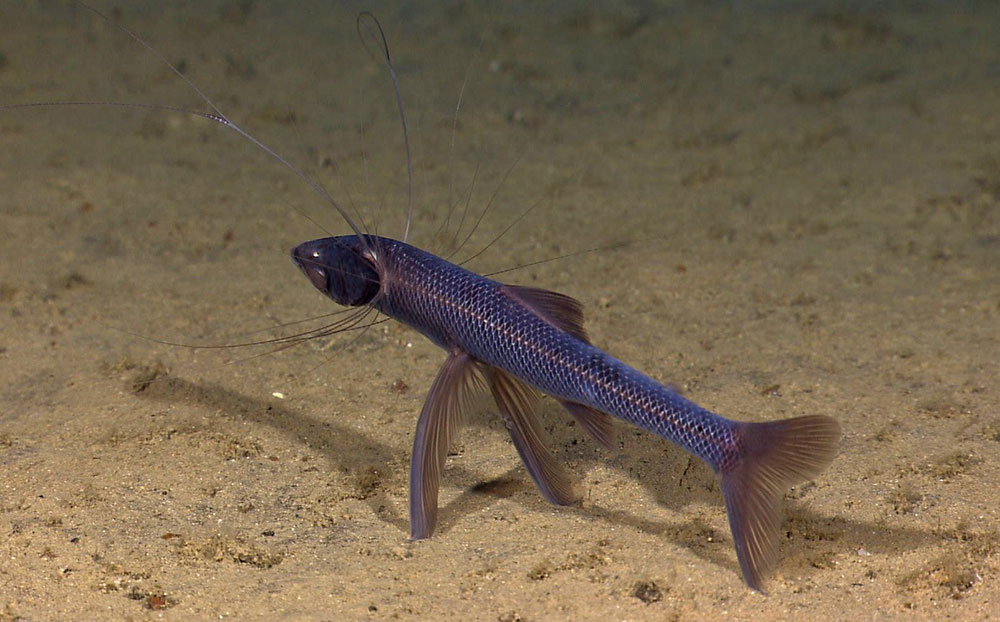
Unique Attributes
Sea scallops have as many as 100 eyes that are bright blue.
The tripod fish has three long, stiff spines on its lower fins that it uses to stand on the sea floor.

